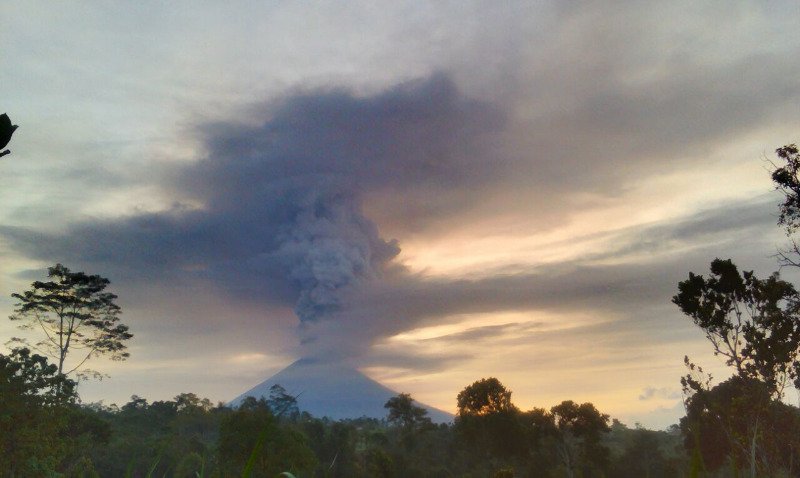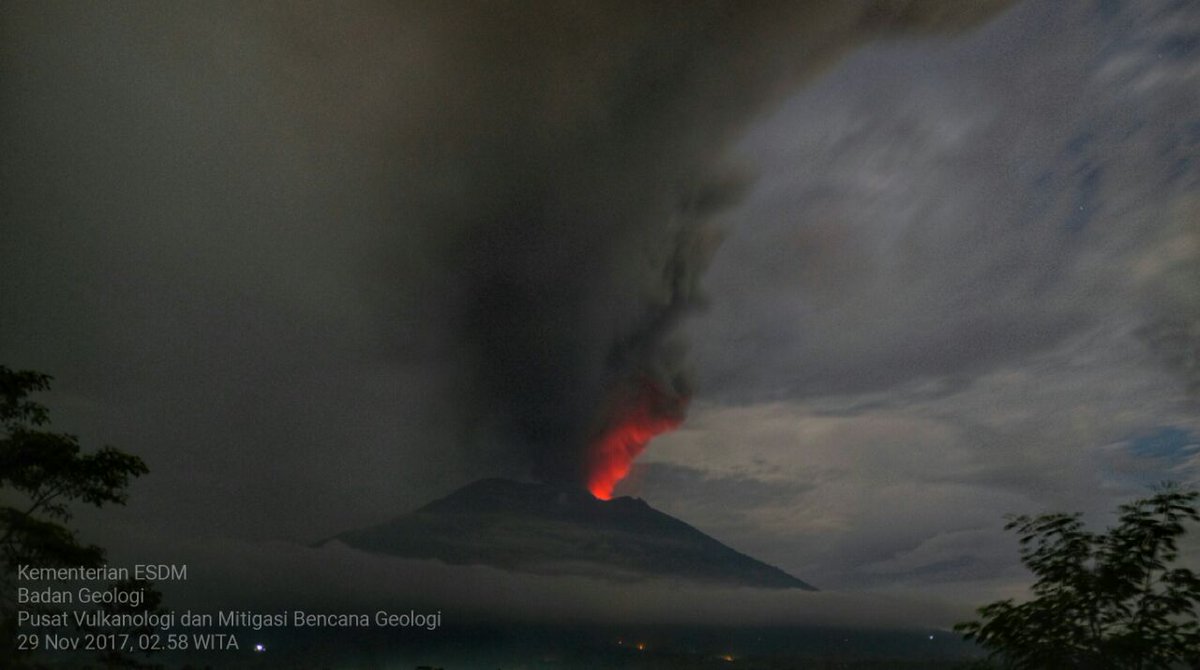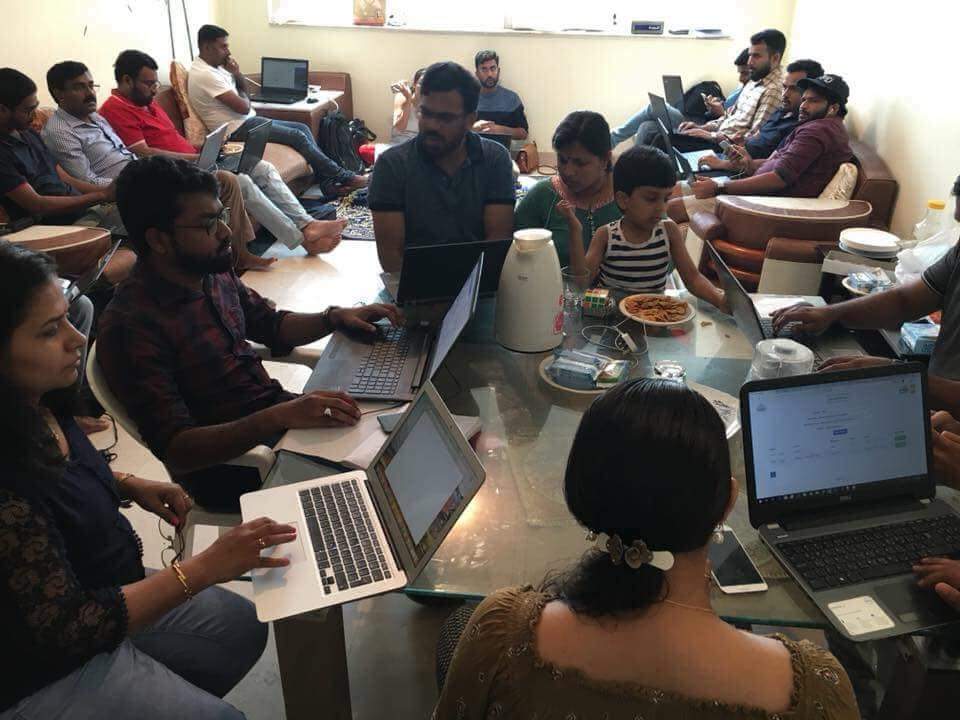(translated using Google, translations corrected by me)

Preparation efforts must be carried out.
1. The eruption history of Agung is characterized by explosive and effusive eruptions, with the activity occurring in the current Crater
and S-SW beyond 10 km. Therefore, in the future PVMBG will change the recommendations in accordance with the latest monitoring data developments.
1. To date, based on data observed and analyzed comprehensively by PVMBG, the Agung activity is inferred to indicate an increasing trend.
ALL Must evacuate areas inside the Agung crater and in all areas within a radius of 8 km from the Crater, and added sectoral expansion to North-Northeast and Southeast-South-Southwest as far as 10 km from the Agung Crater.
Center for Volcanology and Geological Hazard Mitigation of Geological
Agency of the
Ministry of Energy and Mineral Resources
- END



















